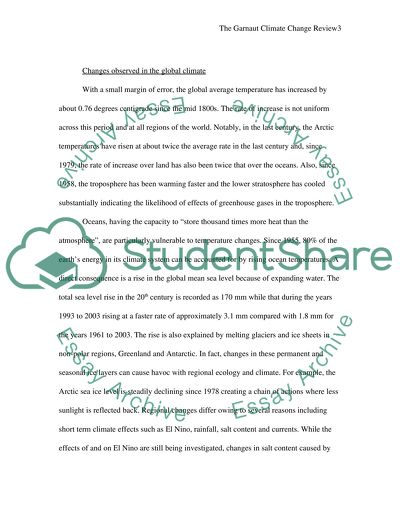Cite this document
(A Brief Background of the Garnaut Climate Change Study Assignment, n.d.)
A Brief Background of the Garnaut Climate Change Study Assignment. Retrieved from https://studentshare.org/environmental-studies/1565070-summarise-the-main-outcomes-and-critically-review-the-relevant-reportchapters
A Brief Background of the Garnaut Climate Change Study Assignment. Retrieved from https://studentshare.org/environmental-studies/1565070-summarise-the-main-outcomes-and-critically-review-the-relevant-reportchapters
(A Brief Background of the Garnaut Climate Change Study Assignment)
A Brief Background of the Garnaut Climate Change Study Assignment. https://studentshare.org/environmental-studies/1565070-summarise-the-main-outcomes-and-critically-review-the-relevant-reportchapters.
A Brief Background of the Garnaut Climate Change Study Assignment. https://studentshare.org/environmental-studies/1565070-summarise-the-main-outcomes-and-critically-review-the-relevant-reportchapters.
“A Brief Background of the Garnaut Climate Change Study Assignment”, n.d. https://studentshare.org/environmental-studies/1565070-summarise-the-main-outcomes-and-critically-review-the-relevant-reportchapters.


